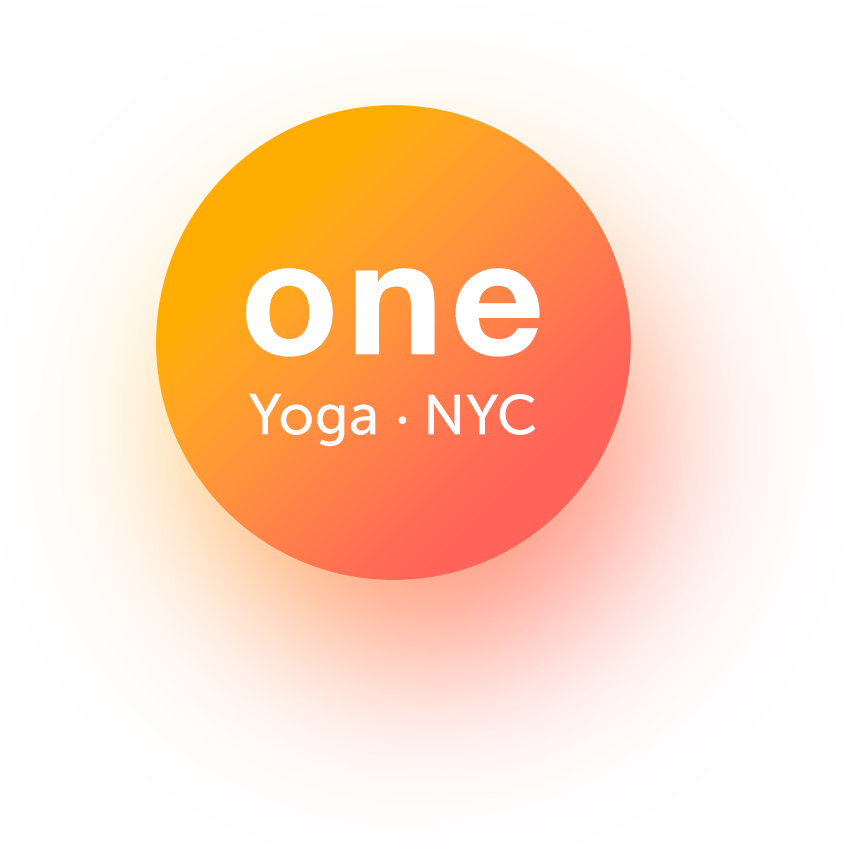oneyoganyc@gmail.com
NY,NY 121 Fulton Street
NY,NY 121 Fulton Street
Stretching and Yoga: what is the difference between them?
Stretching is often associated with yoga, because in many ways its exercises repeat yoga asanas. Both of these areas are united by stretching, maintaining muscle tone, strengthening the body as a whole. However, there are many differences between them.
What is stretching?
Stretching is a set of exercises aimed at intensive stretching of all muscle groups, tendons and is great for general weight loss. As experience shows, after a month of stretching, despite the absence of heavy physical exertion, the body becomes fit and flexible.
Stretching classes are great for those who wants to
Workouts include both dynamic and static exercises, the main task of which is to warm up the muscles to assist further stretching. There is no mandatory sequence in exercises; they can be interchanged, given the need to stretch specific muscles.
Unlike yoga classes, there are no mandatory breathing practices in stretching, it's enough just not to hold your breath and stretch smoothly without sudden movements.
There are also no meditations here, without which no yoga class passes.
Stretching is a set of exercises aimed at intensive stretching of all muscle groups, tendons and is great for general weight loss. As experience shows, after a month of stretching, despite the absence of heavy physical exertion, the body becomes fit and flexible.
Stretching classes are great for those who wants to
- lose weight
- increase joint mobility and muscle elasticity
- do stretching after a strength training
- learn to sit on the splits
Workouts include both dynamic and static exercises, the main task of which is to warm up the muscles to assist further stretching. There is no mandatory sequence in exercises; they can be interchanged, given the need to stretch specific muscles.
Unlike yoga classes, there are no mandatory breathing practices in stretching, it's enough just not to hold your breath and stretch smoothly without sudden movements.
There are also no meditations here, without which no yoga class passes.

Yoga-based stretching
Unlike stretching, yoga is a complex of physical, spiritual and breathing exercises focuses on achieving absolute harmony of soul and body. In yoga practices, asanas – poses in which it is necessary to hold the body for a minute – are also designed to strengthen the body, stretch muscles, and develop inner strength. The load is evenly distributed to all muscle groups.
Yoga classes help to strengthen the whole body as much as possible:
Unlike stretching, yoga is a complex of physical, spiritual and breathing exercises focuses on achieving absolute harmony of soul and body. In yoga practices, asanas – poses in which it is necessary to hold the body for a minute – are also designed to strengthen the body, stretch muscles, and develop inner strength. The load is evenly distributed to all muscle groups.
Yoga classes help to strengthen the whole body as much as possible:
- They improve blood circulation; help strengthen the cardiovascular system,
- restore the nervous system, teach to relax, cope with negative emotions,
- develop flexibility of the spine, joint mobility,
- teach to control breathing,
- facilitate rejuvenation and wellness,
- develop the ability to understand and manage your body.
Benefits
Yoga for stretching the body allows you to achieve amazing results:
Yoga for stretching the body allows you to achieve amazing results:
- Release the pressure to create space in the body – between the vertebrae, in the joints, chest, and in stiff areas of the body,
- develop equilibrium and balance,
- strengthen the whole body,
- speed up metabolism,
- lose weight,
- discover your body and its capabilities, boost your energy, and self-confidence.
Contraindications
There are practically no contraindications for such activities. However, it is important that one performs exercises with a suitable amplitude, because stretching and other physical efforts should not cause pain. It is equally important to learn how to breathe properly.
Training requires a comprehensive, regular approach and patience from the student.
Therefore, it is important to find a professional coach. After all, inept exercise can do more harm than good.
Come to One Yoga NYC Studio if you are looking for an experienced yoga mentor.
Our trainers will help you determine the necessary physical activity, taking into
account the level of training, as well as teach you to control breathing, concentrate on working out areas of the body.
Sign up for Yoga Classes, Hot Pilates and other practices. By studying with us, you will be able to achieve the desired result without additional loads, delayed onset muscle soreness or pain.
There are practically no contraindications for such activities. However, it is important that one performs exercises with a suitable amplitude, because stretching and other physical efforts should not cause pain. It is equally important to learn how to breathe properly.
Training requires a comprehensive, regular approach and patience from the student.
Therefore, it is important to find a professional coach. After all, inept exercise can do more harm than good.
Come to One Yoga NYC Studio if you are looking for an experienced yoga mentor.
Our trainers will help you determine the necessary physical activity, taking into
account the level of training, as well as teach you to control breathing, concentrate on working out areas of the body.
Sign up for Yoga Classes, Hot Pilates and other practices. By studying with us, you will be able to achieve the desired result without additional loads, delayed onset muscle soreness or pain.


